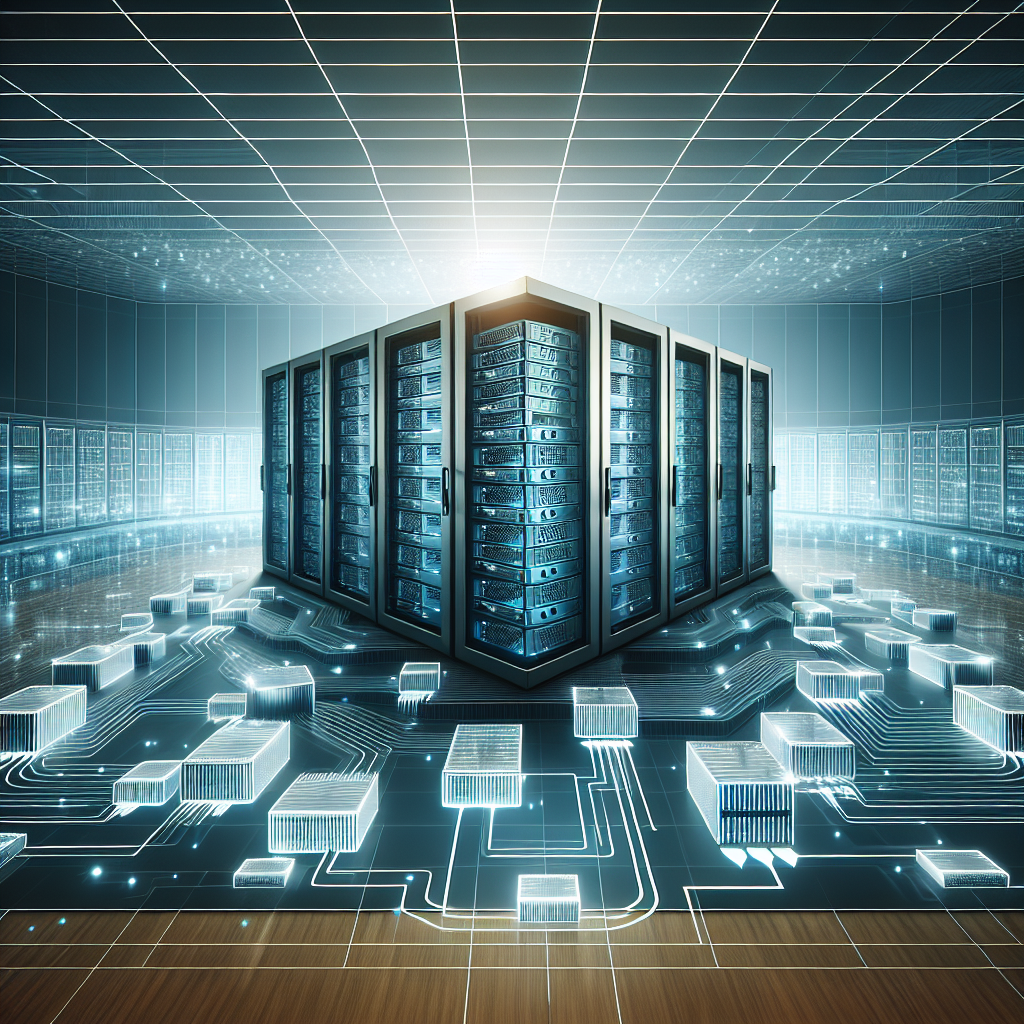Your cart is currently empty!
The Impact of Edge Computing on Data Center Server Architecture

Edge computing is a rapidly emerging trend in the world of data center server architecture, and its impact is revolutionizing the way data is processed and stored. Traditionally, data centers have been centralized facilities where large amounts of data are processed and stored on powerful servers. However, with the rise of edge computing, data processing is being pushed closer to the source of data, resulting in faster processing times and reduced latency.
Edge computing involves processing data at the edge of the network, closer to where the data is generated. This approach is particularly beneficial for applications that require real-time data processing, such as Internet of Things (IoT) devices, autonomous vehicles, and smart cities. By processing data at the edge, organizations can reduce the amount of data that needs to be transferred to centralized data centers, thereby improving efficiency and reducing network congestion.
The impact of edge computing on data center server architecture is significant. With edge computing, organizations are shifting towards a distributed computing model, where data processing is distributed across multiple edge devices and centralized data centers. This requires a rethinking of traditional server architectures, as organizations need to deploy more servers at the edge to handle the increased workload.
One of the key challenges of edge computing is managing the distributed nature of data processing. Organizations need to ensure that data is processed securely and efficiently across multiple edge devices, while also maintaining high levels of performance and reliability. This requires a robust server architecture that can support the demands of edge computing, including high availability, scalability, and low latency.
To address these challenges, organizations are adopting new server architectures that are specifically designed for edge computing. These architectures typically include a combination of edge servers, data center servers, and cloud servers, all working together to process data efficiently and securely. Edge servers are deployed at the edge of the network to process data close to where it is generated, while data center servers handle more intensive processing tasks that require higher levels of computing power.
In conclusion, edge computing is having a profound impact on data center server architecture. Organizations are moving towards a distributed computing model that leverages edge servers to process data closer to the source, resulting in faster processing times and reduced latency. To support the demands of edge computing, organizations are adopting new server architectures that are designed to handle the distributed nature of data processing. As the adoption of edge computing continues to grow, we can expect to see further innovations in data center server architecture to support the evolving needs of edge computing applications.

Leave a Reply